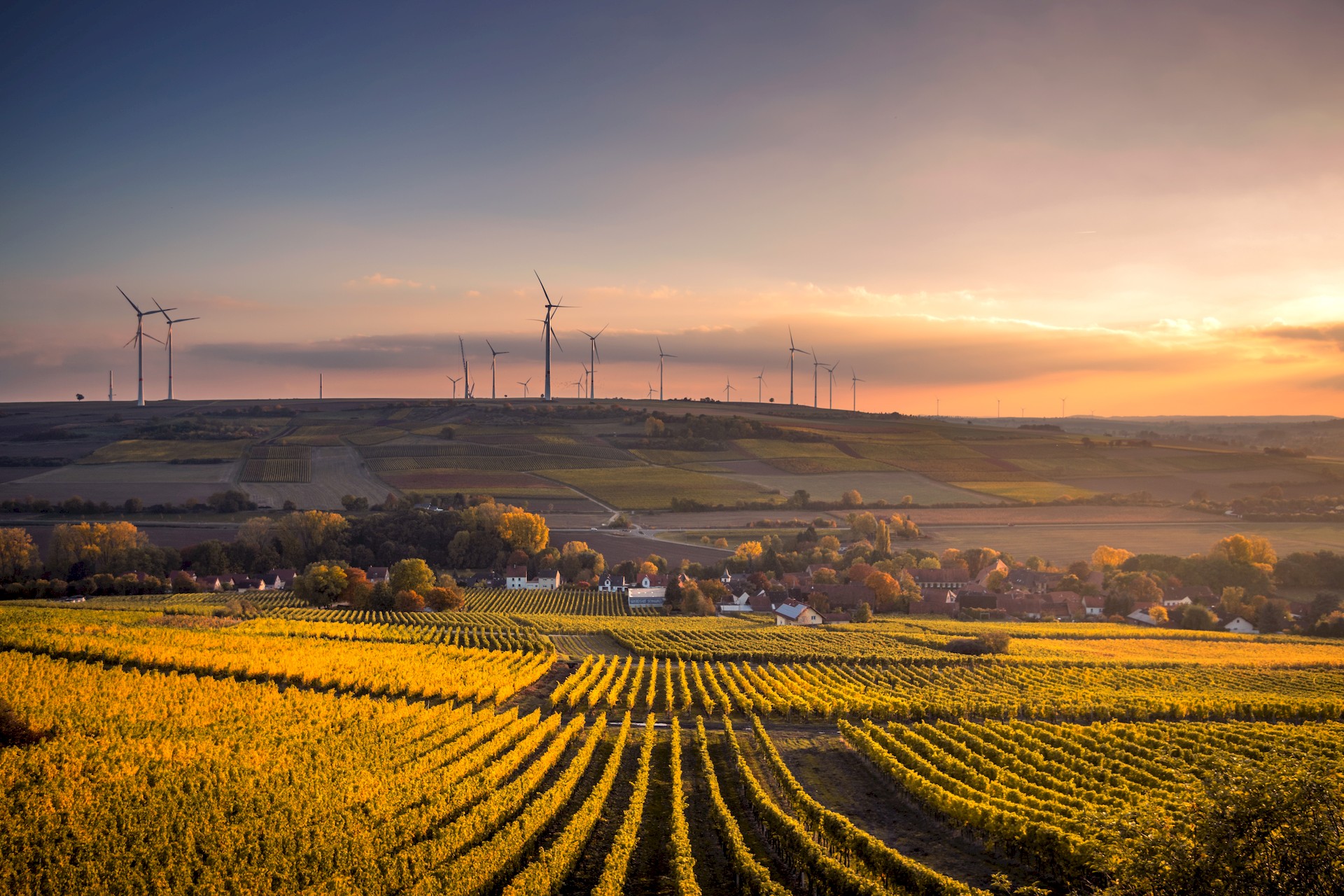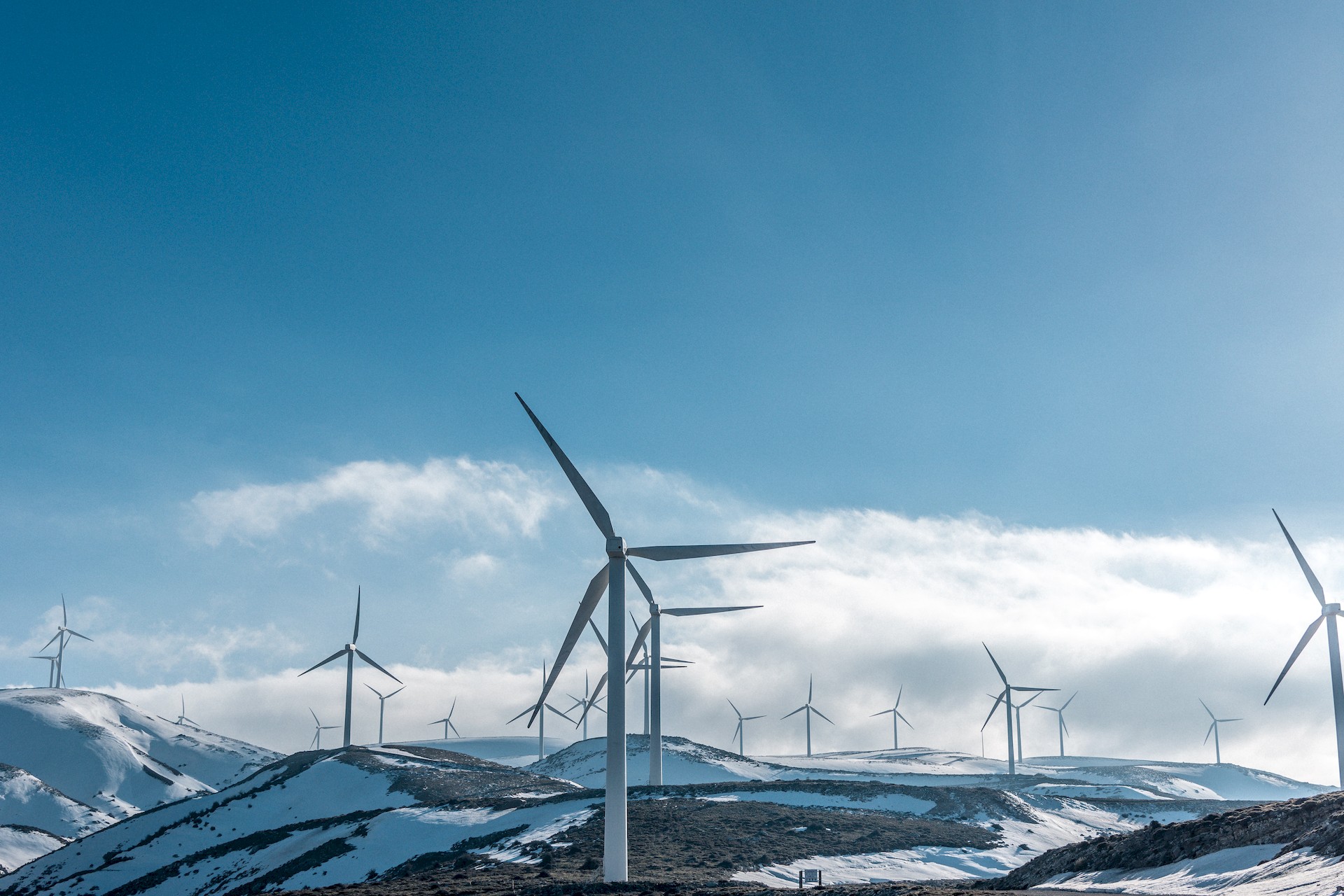Learning the answer to the question of what is climate tech is one of the most important steps that we and big tech companies can take for our future.
Every day our production increases and with it we damage the nature in which we live. In 2023, the total carbon footprint left by humans has increased many times more than last year.
So what is climate tech and how can it wake up Mother Nature again? Let’s talk about it.

What is climate tech?
Climate tech, also known as climate technology or cleantech, refers to the use of technology and innovation to address the challenges posed by climate change. Climate tech encompasses a wide range of products, services, and solutions that aim to reduce greenhouse gas emissions, mitigate the impacts of climate change, and promote sustainable development.
It is impossible to narrow what is climate tech to a single answer as climate tech can be applied across various sectors, including energy, transportation, agriculture, forestry, and construction.
So, what is climate tech? Well, it is:
- Renewable energy sources
- Energy storage
- Energy efficiency
- Electric vehicles
- Carbon capture and storage
- Sustainable agriculture
- Green buildings
- Water technology
- Forestry and land use
- Climate-resilient infrastructure
Renewable energy sources
Solar, wind, hydro, and geothermal energy are all considered climate tech because they produce little to no greenhouse gas emissions and can replace fossil fuels. Solar energy, for example, uses photovoltaic panels to convert sunlight into electricity, while wind energy uses turbines to harness the power of wind.
Hydroenergy harnesses the energy of moving water, such as from rivers or ocean tides, to generate electricity. Geothermal energy, on the other hand, uses the heat from the Earth’s core to produce electricity.
These renewable energy sources are becoming increasingly cost-competitive with fossil fuels, making them a viable option for reducing our reliance on fossil fuels and mitigating climate change, and perhaps the best way to explain what is climate tech.

Energy storage
Batteries and other energy storage technologies help to store excess energy generated by renewable sources, making it possible to use renewable energy even when the sun isn’t shining or the wind isn’t blowing. Energy storage technologies like batteries, pumped hydro storage, and other innovative solutions help to stabilize the grid and ensure a reliable supply of clean energy.
As the cost of energy storage continues to decline, it’s becoming more feasible to integrate renewable energy sources into the grid, reducing our reliance on fossil fuels and helping to combat climate change.
Energy efficiency
Technologies that improve the efficiency of energy use, such as smart buildings, smart grids, and energy-efficient appliances, can help reduce energy consumption and lower emissions. Smart buildings, for example, can use sensors and data analytics to optimize energy use, reducing the amount of energy needed to heat, cool, and power buildings.
Smart grids can optimize energy distribution and reduce energy waste, while energy-efficient appliances like LED light bulbs and Energy Star-rated appliances can reduce energy consumption in homes and businesses. By using energy more efficiently, we can reduce our reliance on fossil fuels and lower greenhouse gas emissions.
So another way to answer what is climate tech is that utilize every last bit of the energy we have without polluting our world.
Electric vehicles
Electric cars and other electric vehicles (EVs), such as Tesla, are considered climate tech because they produce zero tailpipe emissions and can significantly reduce greenhouse gas emissions compared to traditional gasoline-powered vehicles. EVs are becoming increasingly affordable and accessible, with many countries investing in EV charging infrastructure to support their adoption. In addition to reducing greenhouse gas emissions,
EVs also improve air quality by reducing emissions of harmful pollutants like nitrogen oxides, particulate matter, and volatile organic compounds. As the transportation sector is one of the largest contributors to greenhouse gas emissions, the adoption of EVs is critical to mitigating climate change.
Carbon capture and storage
Technologies that capture carbon dioxide emissions from power plants and industrial processes, and store them underground or use them in products such as concrete, can help reduce emissions. Carbon capture and storage (CCS) technologies can capture up to 90% of carbon dioxide emissions from power plants and industrial processes, preventing them from entering the atmosphere.
CCS technologies can also be used to capture carbon dioxide from natural gas production and other industrial processes, reducing emissions from these sources as well. By capturing and storing carbon dioxide emissions, CCS technologies can play a critical role in reducing greenhouse gas emissions and mitigating climate change.

Sustainable agriculture
Practices such as regenerative agriculture, agroforestry, and precision agriculture can help sequester carbon in soils, reduce deforestation, and promote sustainable food production.
Green buildings
Buildings that are designed and constructed with energy-efficient features, such as passive design, insulation, and green roofs, can reduce energy consumption and lower emissions.
Water technology
Technologies that promote water conservation, such as efficient irrigation systems and water-saving appliances, can help reduce water waste and lower emissions associated with water treatment and pumping.
Forestry and land use
Technologies that promote sustainable forestry practices, such as precision forestry and reforestation, can help sequester carbon in forests and reduce deforestation.
Climate-resilient infrastructure
Infrastructure that is designed to withstand the impacts of climate change, such as sea walls, levees, and green infrastructure, can help protect communities from the impacts of climate change.
Overall, climate tech is a rapidly growing field that has the potential to make a significant impact on reducing greenhouse gas emissions and promoting sustainable development. As more countries and industries look to reduce their carbon footprint, the demand for climate tech is likely to continue to grow.
Featured image credit: Noah Buscher/Unsplash.





